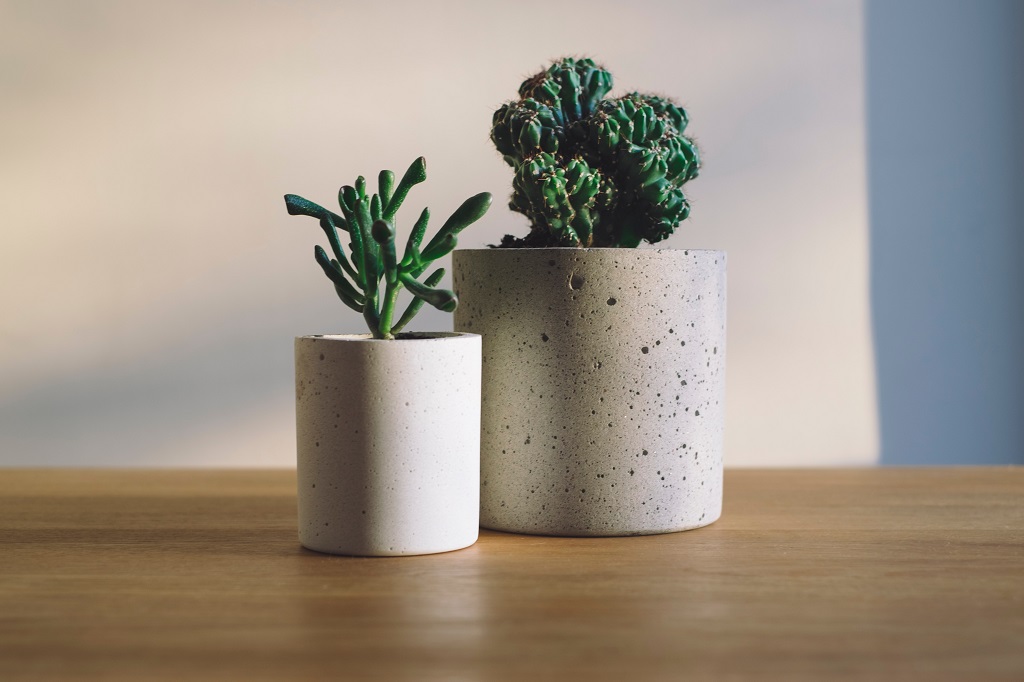Moving is never easy. When you want to bring along your plants, the moving experience can be just that much more difficult. Since moving companies typically cannot move plants for you, knowing how to move your plants falls to you. This article will discuss five simple steps that make the process just a bit easier.
1. Prepare The Plant
Before the plant can be moved or packed, it needs to be cared for. At least a week before your scheduled moving day, you should take the time to prune the plant. Remove dead leaves, cut off any branches that are dying or dead, and make sure you’re not carrying any pests with you. It’s not a bad idea to add a soil enricher to ensure that your plant is receiving a good dose of nutrition before the move.

2. Use Plastic Pots
While the go-to pot is usually hard and heavy, that isn’t something you want to carry around during your move. To make things easier, take the plants and re-pot them in plastic pots instead. These are lightweight and still offer excellent durability. Many of the plastic pots can often be smaller, too, so they’ll take up less room in your car.
3. Utilize Temperature Controls
One of the most important aspects of moving plants is keeping the temperature at a consistent degree for the plants. You may need to do a bit of research in order to find out what temperature your plants enjoy the most. While most plants typically enjoy the same temperature, you may find that you have a few outliers that enjoy different temperatures. Make a few different trips with the specific temperature range engaged in your car for the plants. By being in the temperature that they enjoy, the plant will have a greater chance of surviving the trip.
4. Keep Water In Mind
Another crucial part of plant life is water. For long-distance moving, you may be several days on the road before you reach your destination. You can always set your plants in a way that allows them to receive sunlight in your car. However, you’re not always prepared to water them. Certain plants require more water than others. Again, research so you know who needs more water than others and how often they should be watered. Even if you keep your car at an optimal temperature range, the humidity or lack of humidity in the car can affect the health of your plants. Bring a spray bottle of water and be prepared to keep the plants hydrated according to their needs.

5. Know The Laws
Depending on how far you’re moving, you may find that certain states prohibit certain kinds of plants. For example, the US Department of Agriculture requires everyone transporting plants to have them inspected. This is to ensure that pests who are hijacking the plant don’t make it into the state. Some states even ban certain plants from growing in the area. If you’re traveling to another state or country, then make sure you know the laws to avoid a headache.
You’ve put a lot of effort into maintaining the health of your plants. They’re practically family members. Don’t leave your family members behind when you move. Consider these five steps to make moving plants simple.

